When the rainy season draws nigh, many homeowners are concerned about maintaining a clean yard so it will look its best. Consequently, you may wonder whether you can edge wet grass and if so, should you do it? We've researched this question to bring you an answer.
Although you can edge wet grass, it is not advisable to do this since it is risky for you, your device, and your lawn. Furthermore, edging damp grass can result in an uneven trim.
In this post, we will discuss the topic in greater detail. We'll also talk about the risk of edging wet grass. And lastly, we'll tackle how and when to edge your lawn the right way. So, let's get started!

Reasons Not To Edge Wet Grass
Homeowners ask why they should avoid edging wet grass. Here are some plausible explanations:
It Can Damage The Edging Device
Cut grass clippings can obstruct the mower's ability to do its work by clinging to it in clumps that block the suction or the blade.
If you don't thoroughly clean as you go, these blockages make the machine work harder until it shuts off.
Moreover, the blade can easily become dull when cutting wet grass.
You Risk Electrocution
Using an electric device to edge your lawn, you cannot edge the grass when wet because water and electricity don't mix.
Moisture exposure to the connections damages the equipment and puts the operator at risk of electrocution.
It Poses Danger To Self
Just like the road, the grass is slippery when wet. Walking across your lawn can cause you to slip and hit your head on a stone. If your yard slopes, exercise extra caution.
It Can Damage The Soil
Heavy machinery can damage the soil when you begin the work while the grass and dirt are still moist. The wheels of the machines and your feet can crush wet soil, which can harm the roots of the grass.
It Can Lead To An Uneven Trim
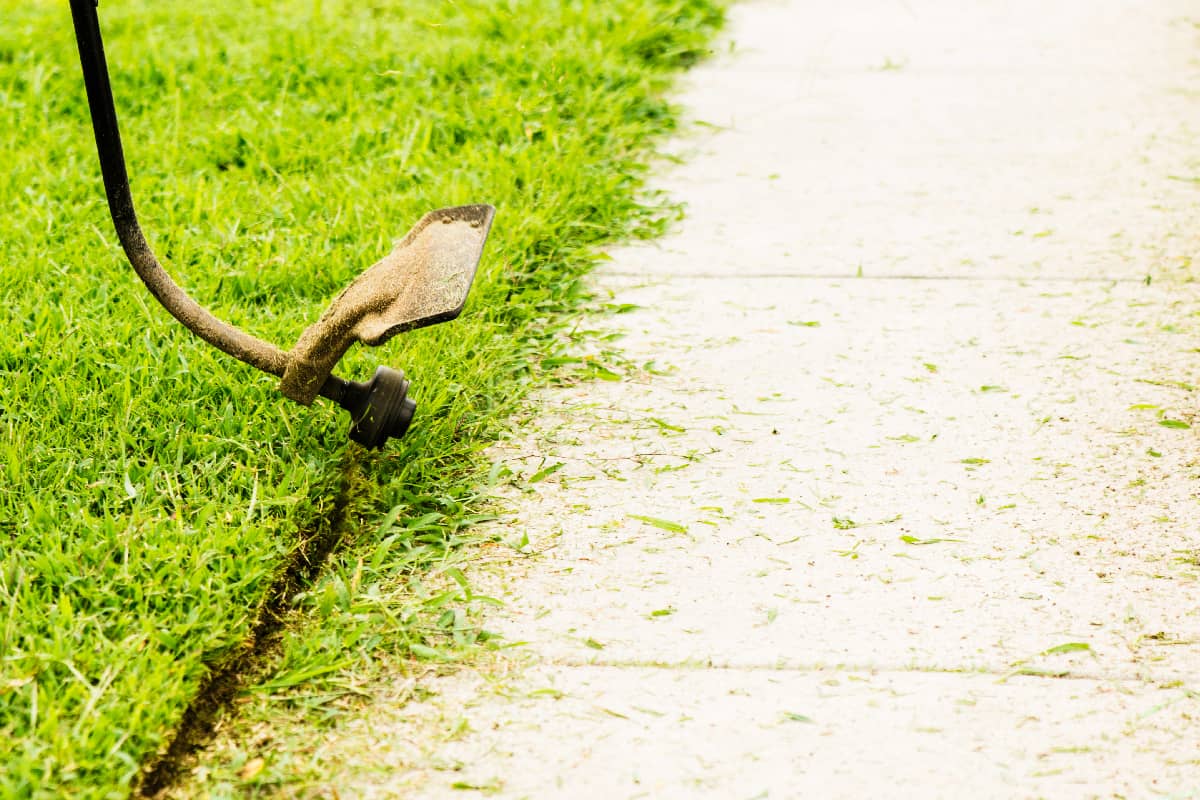
When the grass is damp, bunches develop. These bunches make it challenging to cut, thus leading to uneven trim.
Furthermore, if the ground is moist or muddy, grass will probably be wholly dragged out of the soil rather than cut cleanly by dull edging blades.
It Increases The Risk Of Fungal Build-Up
It is not a surprise that the lawn will be prone to Brown Patch Disease if you leave clumps of matted, damp grass clippings on the lawn with inadequate airflow to dry them out.
Also, the wet grass that sticks to the device can form molds that can spread to your lawn.
What Is The Right Way To Edge A Lawn?
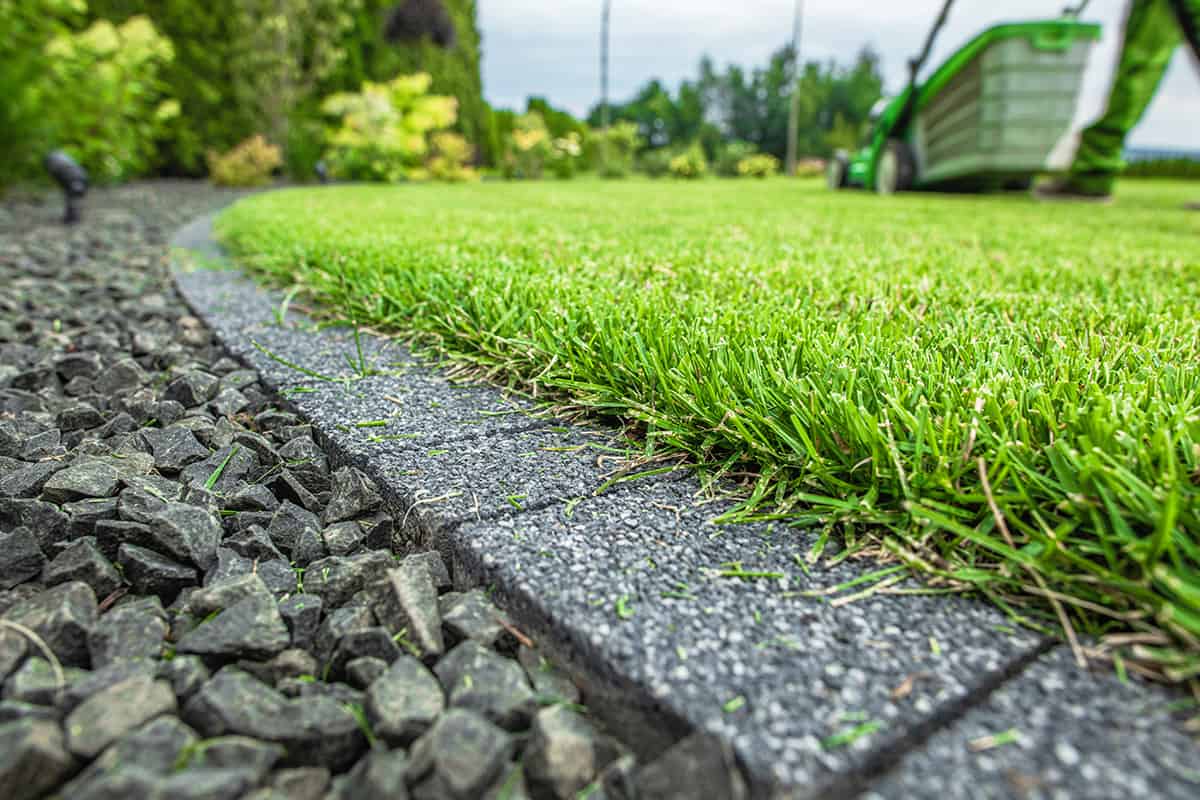
Beautifying and keeping the lawn neat can be time and effort-consuming but satisfying. Here are some simple steps to properly edge your lawn to achieve a well-kept lawn that is easier to manage.
1. Begin With A Trim
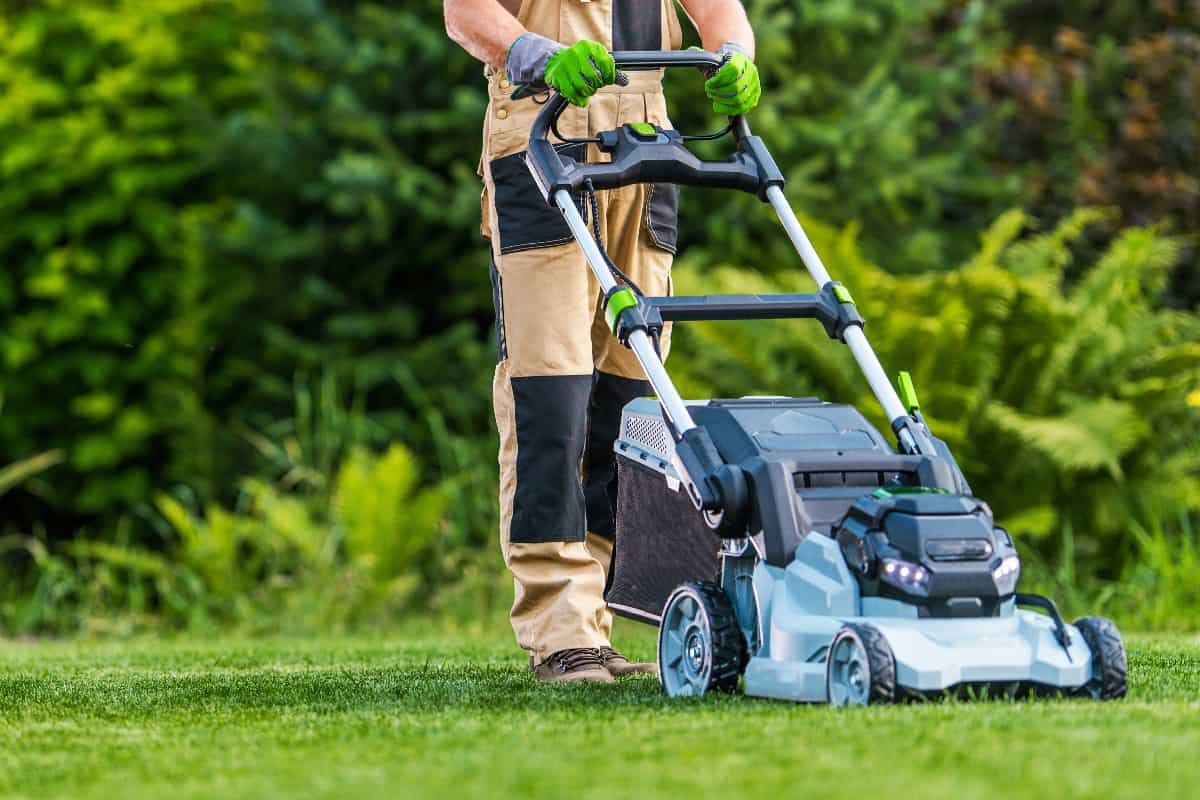
Trimming or mowing your lawn before edging is always a good idea. By doing so, you will know what length to cut the grass along the edges of your yard.
One rule in cutting the lawn is not to "scalp" the grass or cut it too low. The ideal length of the grass is 2.5 inches. To achieve this, you should not trim more than 1/3 of the top of the grass.
Click here to see this lawn mower on Amazon.
2. Create An Edging Path
This step is critical for homeowners who will edge for the first time.
A plan can save you time since you will know where to cut the grass on the edges of the lawn. You can use a rope, a hose, or tape to make a mark on the edges.
However, you can skip this step if you only need to edge on the sidewalks.
See this lawn-marking flag on Amazon.
3. Prepare Your Edging Device
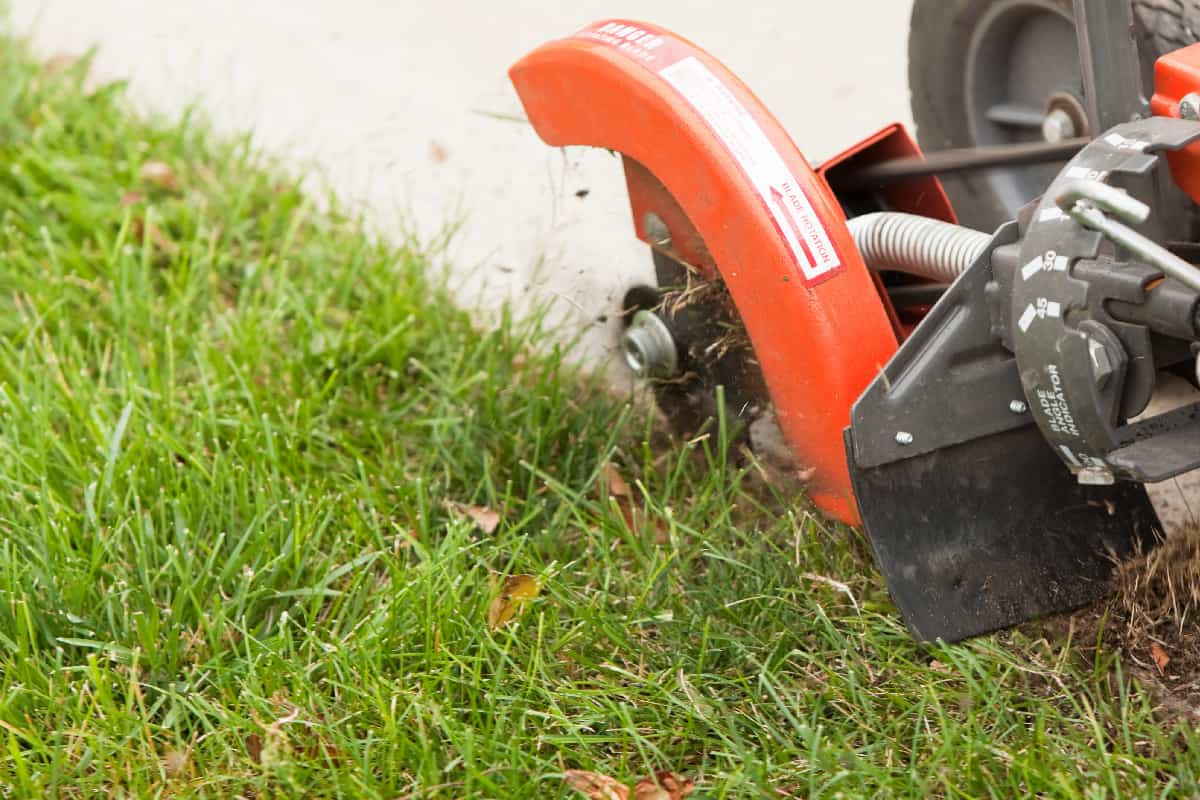
If you want to save time working on edging your lawn, the preparation of tools and devices is essential. Ensure your edging device, especially the blade, is in good condition before starting.
Click here to see this electric lawn edger on Amazon.
4. Wear Proper Safety Gears
Your safety always comes first. So, wear safety gear to prevent accidents. Wear gloves and safety glasses to keep grass debris from entering your eyes. You can also use facemasks if you have allergy problems.
5. Check The Surroundings
Check any electrical wires or plumbing pipes so you will not accidentally trip on them or trim them with your edger.
6. Get To Edging
After preparing all the materials needed, putting on your safety gear, and checking for buried hazards, you can start edging your lawn.
Remember to go slowly when edging your lawn's perimeter to ensure the cut is even.
If you are edging a curved area, you need to mark the area you want to edge to ensure the trim is straight and more defined.
Also, always check your device's blade to ensure it is not dull enough to cut grass. Consider replacing it regularly.
See this edger replacement blade on Amazon.
7. Clean Up Debris
This step is one of the essential parts of keeping a lawn. After edging, you need to clean up the cut grass, soil, and other residues from the trimmer using a stiff brush.
Additionally, clean your trimming device as soon as the work is over. If you wait for the waste to stiffen before cleaning, it will be hard to remove from the device.
8. Maintain Your Lawn
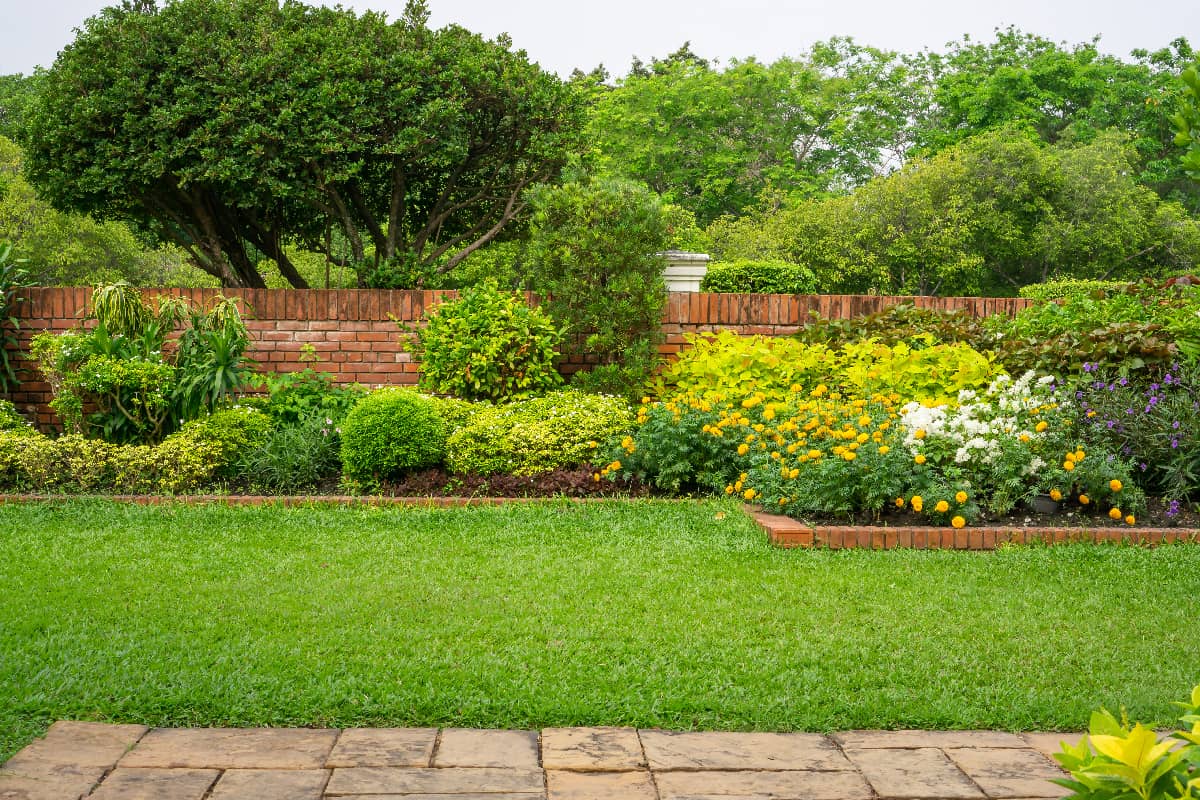
Maintain your lawn to keep it neat. Making a regular schedule for mowing and edging your yard can help. If you don't have time to do it yourself, then you can call a professional to do it for you.
When Is The Best Time For Edging?
Scheduling the work is very important, especially when you are busy. So, knowing the best time to edge the lawn will help maintain your yard at its best.
These are the factors to consider when creating a regular schedule for trimming your lawn:
Condition Of Your Lawn
Healthy and fertilized soil can result in the steady growth of grass. So, your yard will need regular trims and edge-ups.
Lawn Size
The size of the lawn will also affect your regular schedule for trimming. A bigger lawn requires more frequent edging and a longer time for work than a smaller-sized lawn.
Peak Growing Seasons
If you only want to edge your lawn once a year, which is the average, choose a date around late June to avoid the peak growing season of grass, which is April and May.
The edging will last longer since the growing time from July to December is slower.
How Long Should I Wait To Cut Grass After It Rains?
If rain interrupts your cutting schedule, wait for the grass to dry before cutting to protect your device and your lawn from risks associated with wet grass.
The time the soil and the grass take to dry varies depending on the weather. It usually takes a few hours for the grass to dry completely when the rain is not heavy.
However, a downpour will take 2-3 days for the soil and the grass to dry completely. A reliable sign that it is okay to cut grass is when you can walk through the yard and your shoes don't get wet.
Is Wet Grass Harder To Cut?
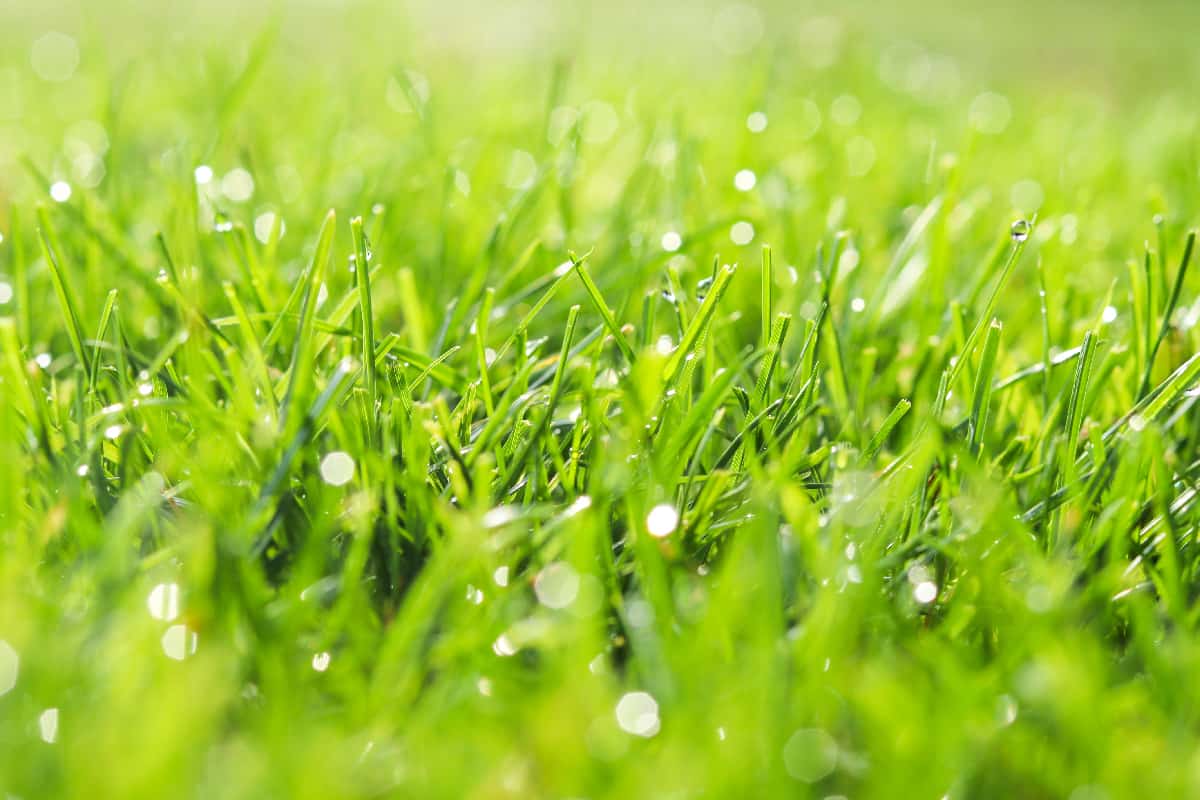
Some edging devices may struggle with wet grass, especially if it is long, and may overheat as a result.
Damp grass is likely to bend over, which can cause your device to miss some tall blades of grass, making it appear uneven when the grass completely dries out.
Is It Better To Leave Your Lawn Long Or Short For Winter?
During winter, the ideal height of the grass on your lawn is 2-2.5 inches high. This height will be neither too tall to attract snow mold nor too short to be pressured by cold weather.
Why Does The Grass On My Lawn Grow So Fast?
Several factors affect the rapid growth of grass in the yard.
These include: cutting the grass too short and too often. After being cut short, grass grows more quickly as it attempts to restore itself following its genetic standard.
In addition, excessive water can cause the grass to grow fast. If you water grass very often, it will absorb as much water as possible and use that water to grow quickly.
Healthy soil also contributes to fast-growing grass. Although healthy soil is vital to your lawn, fertilizing the soil makes the grass grow quickly, which will mean more work for you to do.
Our Final Thoughts
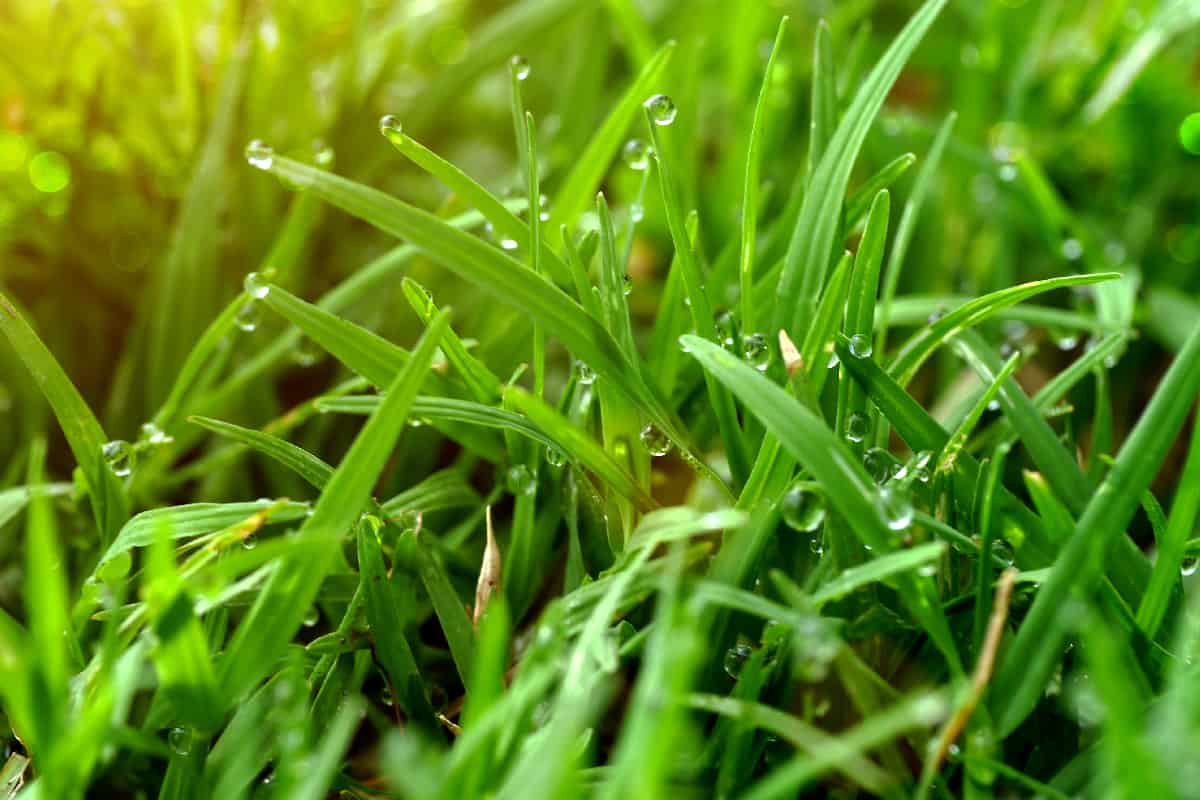
Edging creates a fine line to your lawn, beautifying the yard. If unsure when to trim your grass, keep in mind the steps to properly edging the lawn.
You also need to avoid cutting the grass when it is still wet to prevent harming yourself, the edging device, and the lawn.
If you found this article helpful, be sure to check out these other posts:




